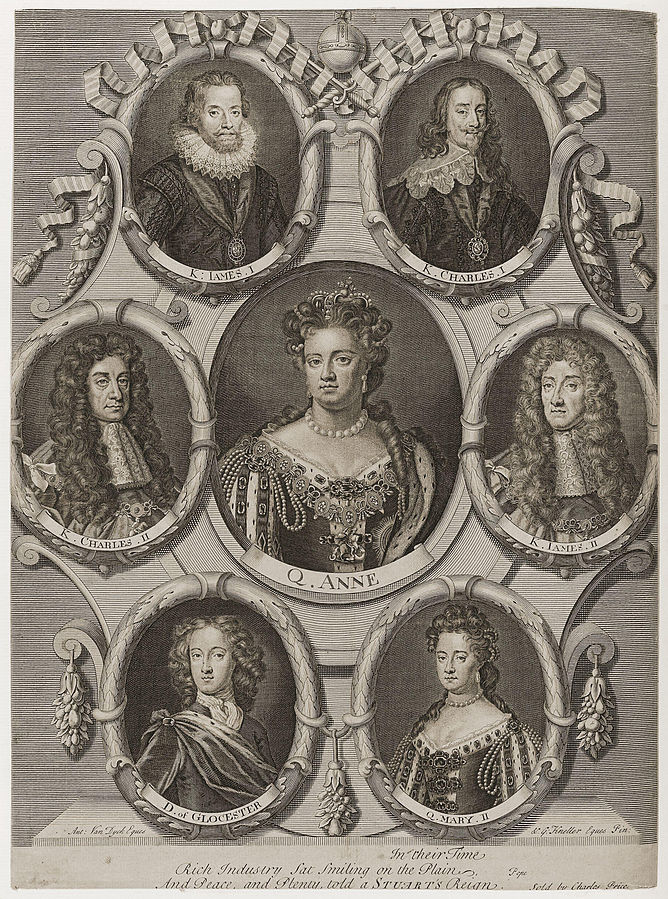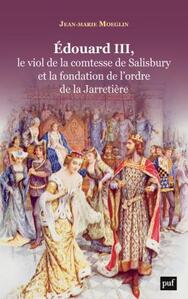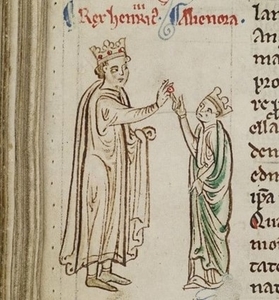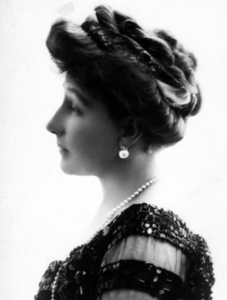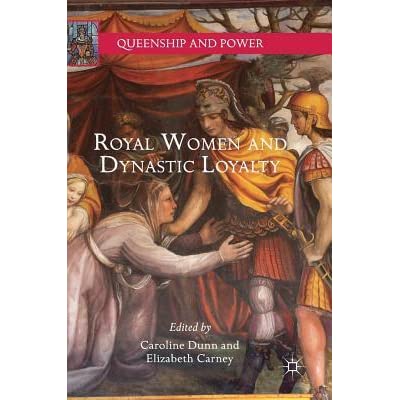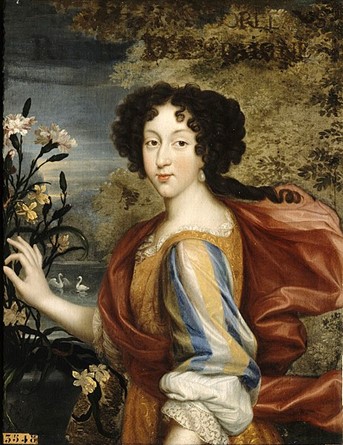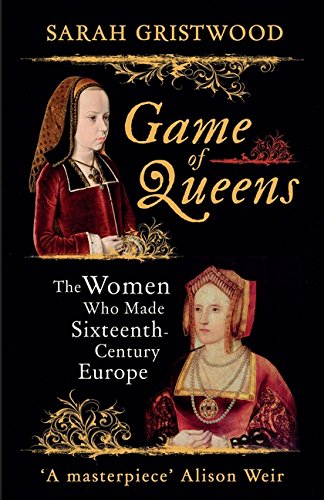By Conor Byrne
Instagram: @_cbhistory
Facebook: Conor Byrne Historian
According to the last will and testament of Henry VIII, the throne of England should have been inherited by the descendants of Lady Katherine Grey when Henry’s younger daughter, Elizabeth I, died on 24 March 1603. A somewhat obscure figure in Tudor history, Katherine was the second daughter of Henry, duke of Suffolk and his wife Frances, the elder daughter of Mary Tudor, queen of France and subsequently duchess of Suffolk. Mary was the youngest surviving daughter of the first Tudor king, Henry VII, meaning that Katherine, as his great-granddaughter, had a claim to the English throne. Born on 25 August 1540 at the Grey family residence of Bradgate Park in Leicestershire, Katherine may have been named after Henry VIII’s fifth wife, Katherine Howard, whom he had married in July of that year.
In previous monarchs’ reigns, where the ruler was blessed with a large number of legitimate healthy male heirs, it is unlikely that Katherine’s dynastic claim would have become a political issue. However, the childlessness of Elizabeth I as a result of her decision not to marry, coupled with her refusal to name a successor to the throne, meant that Katherine was regarded by a number of courtiers, diplomats and politicians as a viable claimant to the throne in the eventuality of the English queen’s death, especially by those who favoured a Protestant successor.
At the end of his life, as he made preparations for the rule of his young son Edward, Henry VIII surely never envisaged that all three of his children would die childless; his placing of the descendants of his younger sister Mary in the line of succession was probably, at best, a contingency plan that the king would not have regarded as likely to be required. The king stipulated that in his will, in the event of Edward dying without having fathered heirs, the crown would pass first to his elder daughter Mary and her heirs and then to his younger daughter Elizabeth and her heirs. If neither daughter produced offspring, the crown would pass to ‘the heirs of the body of Lady Frances [Brandon], our niece, eldest daughter to our late sister the French Queen’ (‘Henry VIII: December 1546, 26-31’, in Letters and Papers, Foreign and Domestic, Henry VIII, Volume 21 Part 2, September 1546-January 1547, ed. James Gairdner and R H Brodie (London, 1910), pp. 313-348. British History Online http://www.british-history.ac.uk/letters-papers-hen8/vol21/no2/pp313-348 [accessed 5 August 2021], 634). When Henry’s only son Edward became king in 1547, at the age of nine years old, his contemporaries surely believed that their king would reign over them for many years to come; a marriage and children would take place in good time. However, as Edward’s health took a turn for the worse in the spring of 1553, involving an illness that ultimately proved fatal, the young king elected to ignore his father’s policy on the succession and instead decreed that, by virtue of their illegitimacy, neither of his half-sisters could succeed him on the throne; he also refused to name his half-sister Mary as his heir on account of her Catholicism. Instead, Edward stipulated, he would be succeeded by the heirs of Frances Grey’s elder daughter, Jane; when it became clear in 1553 that Jane’s marriage to Guildford Dudley, son of the duke of Northumberland, would not produce an heir before the king’s death, Edward decreed that the crown would pass to Jane herself. Historians have conjectured that Frances was passed over on account of her marriage to the duke, who Edward did not wish to see as king.
As is well known, the attempt to place Jane Grey on the English throne collapsed in the summer of 1553 as the country rallied behind the elder of Henry’s daughters. The Grey claim was not a political and dynastic issue during Mary I’s reign after her accession to the throne, mostly because of the disgrace and executions of Jane and her father in 1554, but it did become an issue during her successor’s reign. Shortly after Elizabeth I’s accession, the teenaged Katherine was appointed as maid of honour to the queen and engaged in conversations with the Spanish ambassador, apparently expressing resentment that the queen had not named her as her heir and promising to follow the Catholic faith and not marry without the Spanish king’s permission. If true, this report demonstrates Katherine’s own ambitions for the throne.
It was rumoured abroad that ‘there ys practysing for a mariage to be made betwyxt the prince of Spayne and the Lady Kateryn [Grey]’ (‘Cecil Papers: March 1560’, in Calendar of the Cecil Papers in Hatfield House: Volume 1, 1306-1571 (London, 1883), pp. 190-200. British History Online http://www.british-history.ac.uk/cal-cecil-papers/vol1/pp190-200 [accessed 5 August 2021], 645), but these rumours proved false because Katherine recklessly engaged in a love affair with Edward Seymour, earl of Hertford, son of the executed Lord Protector and duke of Somerset, and thus a cousin of Edward VI, a love affair seemingly at odds with her ambition to succeed Elizabeth as queen. Katherine’s liaison with Seymour was foolish because, as a member of the royal family, she required the queen’s permission to marry. Moreover, it constituted a possible threat to Elizabeth herself because it could establish a strong power base against the as-yet unmarried queen. The couple seem to have hoped that Katherine’s mother and stepfather would seek Elizabeth’s permission for the marriage to go ahead, but Frances died in November 1559 before managing to do so. Despite the possibility that a secret marriage could be considered an act of treason, Katherine and Seymour were clandestinely married at the end of 1560. In the months after the wedding, the court became increasingly aware of the couple’s ‘companie and familiaritie’, especially when Katherine conceived a child. Her condition became obvious by the summer of 1561, when the court was on progress, and she resolved to speak to the queen’s favourite Robert Dudley to ‘be a meane to the queene’s highness for her’. When Elizabeth found out, she ordered Katherine and her husband – who had recently spent time abroad – to be imprisoned in the Tower of London and interrogated. While housed there, Katherine gave birth to a son, Edward.
On Elizabeth’s express orders, the ‘pretended mariage’ was declared null and void by a specially appointed commission; a conclusion that was reached because of the lack of evidence that such a marriage had taken place: no banns had been read or communion celebrated prior to the marriage; the date of the ceremony was unrecorded; and there were no witnesses to testify that a marriage had taken place (Seymour’s sister, Jane, who had allegedly been present at the wedding, had died in early 1561, and the priest who had married them had vanished). Seymour was found guilty of carnal copulation with a member of the royal family and was punished with a hefty fine. Although the queen had stipulated that the couple were to be separated in prison, they contrived to meet one another and Katherine conceived for the second time, giving birth to a son, Thomas, in 1563. Seymour was punished with another fine and, on the orders of Elizabeth, both children were declared bastards on the grounds of their parents’ marriage being invalid. Susan Doran has suggested that, while she almost certainly disliked Katherine and had no desire to be succeeded as queen by her, Elizabeth’s harsh stance was based on her wish to maintain a harmonious relationship with Mary Queen of Scots, with whom she was then in diplomatic discussions and whom she believed had a stronger claim to the English succession than Katherine. If Katherine’s sons had been pronounced legitimate, this could have been viewed by Mary as a challenge to her claim. The queen, however, did release Katherine and Seymour from the Tower, but they were placed under house arrest and were separated from one another.
Public opinion on Elizabeth’s actions was mixed. Some asked ‘whye sholde men and wief be lett from coming together?’ John Hales proclaimed that the Seymour-Grey marriage was valid in line with ‘the lawe of nature, Godd’s lawe, and the common lawe’. He also wrote a pamphlet arguing that Katherine was Elizabeth’s rightful successor according to the last will and testament of Henry VIII, and also because foreigners (thus, Mary Queen of Scots and her heirs) were barred by common law from succeeding to the English throne. As the queen’s adviser Sir William Cecil explained, Hales ‘had secretly made a book in the time of the last Parliament wherein he hath taken upon him to discuss no small matter, viz., the title to the Crown after the Queen’s Majesty, having confuted and rejected the line of the Scottish Queen, and made the line of the Lady Frances, mother to the Lady Catherine, only next and lawful. He is committed to the Fleet for this boldness, specially because he had communicated it to sundry persons.’ Hales’ pamphlet was followed by a number of succession tracts debating who should succeed Elizabeth, while the 1566 parliament produced calls for the queen to name her successor, with a number of MPs favouring Katherine as the queen’s heir. During this time, Katherine remained under house arrest at Ingatestone, then Gosford Hall, and finally at Cockfield Hall in Yoxford, Suffolk. She died at the latter residence on 26 January 1568 at the age of twenty-seven, probably of consumption (others have suggested anorexia). Initially buried at the parish church in Yoxford, her remains were later interred at Salisbury Cathedral, where they were joined by those of her husband.
Although some may have considered Katherine’s marriage to Seymour to have been valid, at the queen’s death in 1603 she was succeeded not by Katherine’s eldest son Edward, then aged forty-one, but by James VI of Scotland, only child of Mary Queen of Scots. Contrary to popular belief, James’ accession to the English throne was not inevitable. In the mid-1590s, the Jesuit Robert Persons suggested that there were at least sixteen possible heirs to Elizabeth, while the lawyer Thomas Wilson named twelve individuals. Katherine’s historical significance lies in her status as a claimant to the throne during the early 1560s, when she was regarded by a sizeable number of courtiers, councillors and diplomats as the rightful successor to Elizabeth I in the event of the queen dying without having married and produced heirs of her own. Those who supported the claim of Mary Queen of Scots, however, such as the anonymous author of ‘Allegations in behalf of… the Lady Mary now Queen of Scots’, instead asserted that Katherine could not succeed the English queen by virtue of her descent from a bastard line, while her ‘carnall company’ with Seymour rendered her unfit to rule. Those who favoured Mary’s claim based their arguments on primogeniture, Mary being descended from Henry VIII’s elder sister Margaret, while supporters of Katherine used the will of Henry VIII alongside statute and common law to validate Katherine’s claim.
While refusing to name her successor during her lifetime, Elizabeth herself seems to have been determined to ensure that Katherine and her sons never succeeded her. When, on her deathbed in 1603, her councillors asked her if Katherine’s eldest son Edward, Lord Beauchamp, should succeed her, the queen apparently refused, saying ‘I will have no rascal’s son in my seat but one worthy to be a King’. As Leanda de Lisle has commented, ‘Elizabeth was determined that dynastic legitimacy and a monarch’s divine right to rule would prevail over the secular power of parliamentary statute.’ Historians have recognised that James’ accession to the English throne was also made possible due to there being no credible alternative claimants: Katherine’s younger son, Thomas, had died in 1600 and, unlike his elder brother, he could claim to be legitimate since he had been born after his parents had married. The elder son, Edward, showed no interest in challenging the Scottish king for the English throne. By refusing to name the sons of Katherine Grey as her heirs, Elizabeth – like Edward VI – ignored the last will and testament of her father.
Reading List
Henry VIII’s will – accessed online. ‘Henry VIII: December 1546, 26-31’, in Letters and Papers, Foreign and Domestic, Henry VIII, Volume 21 Part 2, September 1546-January 1547, ed. James Gairdner and R H Brodie (London, 1910), pp. 313-348. British History Online http://www.british-history.ac.uk/letters-papers-hen8/vol21/no2/pp313-348 [accessed 5 August 2021].
Chapman, Hester. Two Tudor Portraits: Henry Howard, Earl of Surrey, and Lady Katherine Grey (London, 1960).
De Lisle, Leanda. The Sisters Who Would Be Queen: The Tragedy of Mary, Katherine and Lady Jane Grey (London, 2008).
Doran, Susan. Elizabeth I & Her Circle (Oxford, 2015).
Doran, Susan and Paulina Kewes (eds). Doubtful and Dangerous: The Question of Succession in Late Elizabethan England (Manchester, 2014).
Ives, Eric. Lady Jane Grey – A Tudor Mystery (Oxford, 2011).
Levine, Mortimer. The Early Elizabethan Succession Question, 1558-1568 (Stanford, 1966).
Levine, Mortimer. Tudor Dynastic Problems: 1460-1571 (New York, 1973).
Lipscomb, Suzannah. The King is Dead: The Last Will and Testament of Henry VIII (London, 2015).
Schutte, William. ‘Thomas Churchyard’s “Dollfull Discourse” and the Death of Lady Katherine Grey’. The Sixteenth Century Journal 15(4): 471–487.
Spies, Martin. ‘The Portrait Of Lady Katherine Grey And Her Son: Iconographic Medievalism As A Legitimation Strategy’. In Alicia C. Montoya, Sophie van Romburgh and Wim van Anrooij (eds), Early Modern Medievalisms: The Interplay between Scholarly Reflection and Artistic Production (Brill, 2010): 165–191.
Tallis, Nicola. Crown of Blood: The Deadly Inheritance of Lady Jane Grey (London, 2016).






